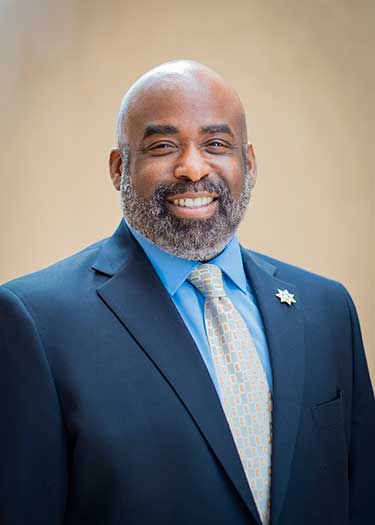For more than 24 years, I have worked for the Las Vegas City Attorney’s Office. Twenty of those years have been spent primarily advising the Las Vegas City Council, the City of Las Vegas Planning Commission, and dozens of other boards, commissions and committees at duly-noticed public meetings. During these meetings, I have witnessed thousands of individuals appear before these administrative bodies as presenters of proposed projects from accessory structures to porte-cocheres and from major housing developments to casinos and liquor and gaming licenses. I have seen citizens advocating in favor of, or in opposition to, a myriad of projects. I have also seen lawyers, laypeople, architects and contractors make presentations before the administrative bodies I counsel. In short, I have seen the good, the bad, and the ugly when it comes to presentations and preparedness. With this article, I hope to present my top tips for appearing before an administrative body regarding a land use matter.
- Be prepared and know the land use laws for the jurisdiction in which your client’s project is proposed to be located—the laws of the various jurisdictions are not the same. It’s important to remember that your client always bears the burden to prove that the particular zoning action they are requesting is warranted, meets the code criteria, and is harmonious and compatible with the surrounding development.
- Although not legally required, prior to submitting your application, make an appointment to speak with the elected representative for the area in which your project is proposed to be located. They are intimately familiar with their wards/districts and can readily identify problem areas and neighborhood concerns. In my experience, elected officials like the courtesy of knowing what may be coming into their area.
- Get the neighbors to buy into the proposed project early in the process. Although not the only factor the elected officials will consider, it’s a crucial one. Happy neighbors equals a happy elected official. Go to those neighbors who will be most affected by your project first. Host a neighborhood meeting at which the stakeholders in a particular project attempt to resolve conflicts and map solutions with the neighbors’ assistance.
- Pictures, maps, drawings, videos and renderings are vitally important. The more detailed the better. The old adage of “a picture speaks a thousand words” cannot be truer than in a land use presentation.
- Before your presentation, go to the public meetings and observe a few of the hearings or watch them on the internet or television. In person, you can get a lay of the land, see the room in which you’ll be making your presentation, how the operation works, and the procedures of the meeting.
- Don’t make promises you or your client can’t deliver. Council members and neighbors NEVER forget.
- Be flexible. The Chair of the public body controls the flow of the meeting and given the number of items on the agenda, the time to make your presentation could be limited. Be succinct and to the point. Don’t be surprised if your twenty-minute written presentation is cut to five or ten minutes. Hit the highlights and be sure to tell the governing body how your client’s project improves their area and brings value to the community.
- Ask for permission and not forgiveness. There have been many times where I have seen people complete accessory structures and major exterior improvements to their homes (casitas, raising wall heights, sheds, carports) well in advance of seeking the necessary setback or height variances, special use permits or building permits, only to be denied. Administrative bodies are not swayed by the “I didn’t know” defense and will require that an objectionable, unpermitted structure be removed.
- Do your due diligence. Research the history of the property where the proposed project will be located. Some properties have long, troubled histories that the neighbors know about. Neighbors may not be as welcoming to a project which further disrupts their quiet enjoyment.
- Be creative. Just like judges who have heard hundreds of motions for summary judgment, the government officials have heard about similar projects over and over. Be unique in your approach, be innovative, and strategic. Given technology these days, being creative can take on many forms. It will make the process more fun for you and the elected officials may be more receptive to your new ideas.
- Don’t engage in arguments with those in opposition to your client’s proposal. They have a right to be heard and are voicing their opinions as they are allowed to under the Nevada Open Meeting Law.
- As long as the governing entity doesn’t act arbitrarily or capriciously when considering your client’s land use matter, its decision will survive judicial scrutiny. Judicial review is not de novo, but is limited to the record made and established at the time of the hearing before the governing entity.
Good luck!
About this article
This article was originally published in the “Administrative” issue of Communiqué, the official publication of the Clark County Bar Association, (November 2020). See https://clarkcountybar.org/about/member-benefits/communique-2020/communique-november-2020/.
© 2020 Clark County Bar Association (CCBA). All rights reserved. No reproduction of any portion of this issue is allowed without written permission from the publisher. Editorial policy available upon request.
About the author:

Bryan K. Scott has resided in Las Vegas since1970. A 29-year Attorney, he is currently the City Attorney for the City of Las Vegas. He served as President of the State Bar of Nevada in 2016-2017, Clark County Law Foundation in 2006, Clark County Bar Association in 2005 and President of the Las Vegas Chapter of the National Bar Association 1996-1999.
